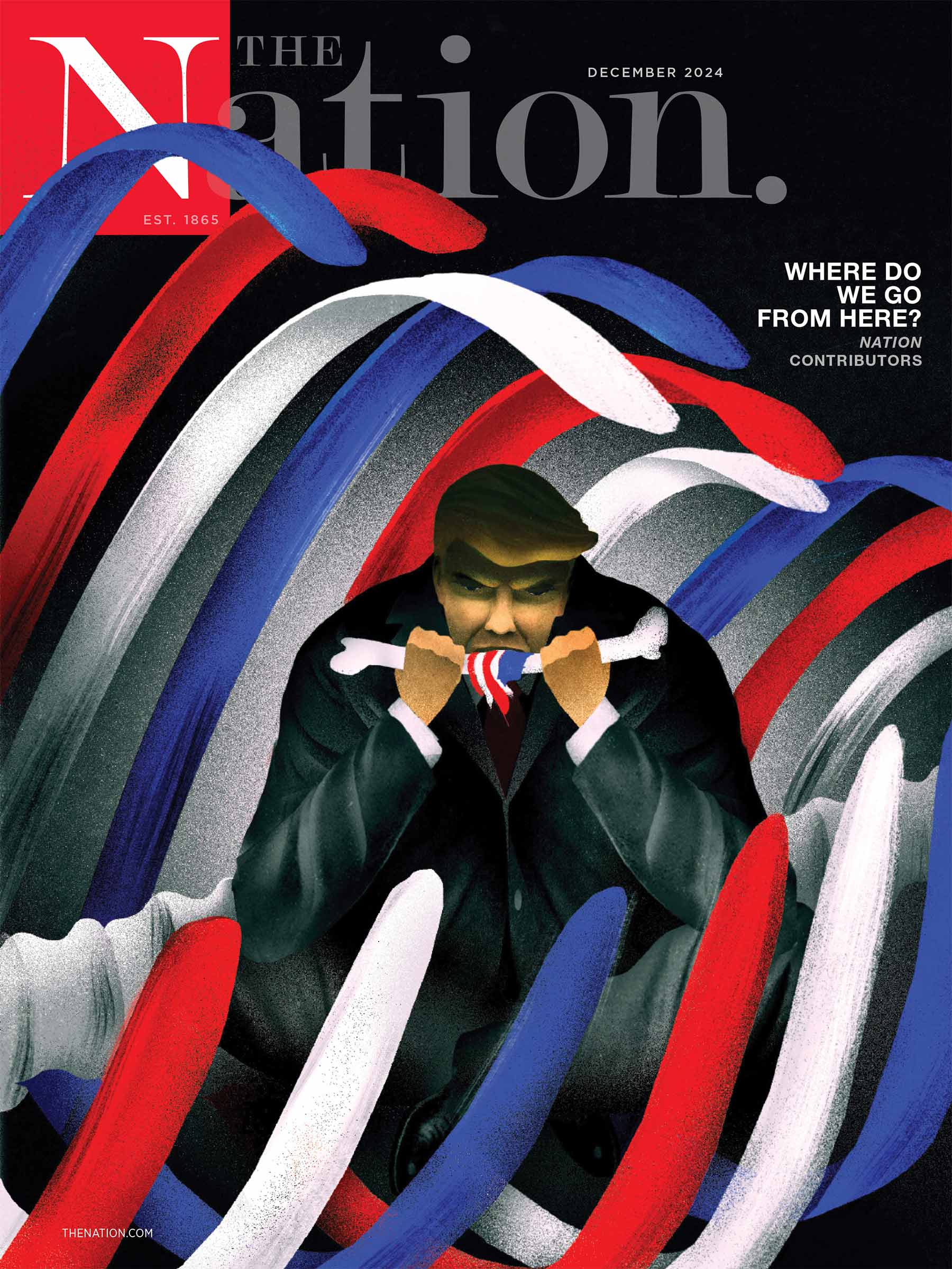This is an abridged version of remarks Victor Navasky delivered at the “Alger Hiss and History” conference at New York University on April 5, 2007. We have also published the full text of the speech.
In 1951 literary critic Leslie Fiedler wrote, “It is time, many of us feel, to forget the whole business: the prison doors have closed [on Alger Hiss]; let us consider the question also closed.”
For the next fifty-five years commentators, critics, journalists and historians proclaimed the case closed–most recently (i.e., ten years ago) with the release of the Venona decrypts, including one said to be “the final nail in Hiss’s coffin”: Venona cable 1822, which contained a twenty-five-years-after-the-fact footnote saying that a Soviet agent code-named ALES was “probably Alger Hiss.”
This is the gazillionth “final” nail in Hiss’s coffin, but no matter. Over the years the pendulum of the Hiss case has swung this way and that with only one certainty: This is a case that will not die. It will not go away. The cold war is over, but the symbolic cold war lives on. In early April New York University’s Center for the United States and the Cold War sponsored a daylong conference on “Alger Hiss and History,” and events before, during and, presumably, after the conference help explain why.
Even before the conference got under way it was attacked (in the New York Sun and on The New Republic‘s website) for having more pro- than anti-Hiss participants (conflict-of-interest alert: I gave the keynote address) and for not having Allen Weinstein and Sam Tanenhaus, who have written the most important anti-Hiss books on the case. (Weinstein and Tanenhaus, as it happens, were both invited but couldn’t–or wouldn’t–attend.)
Three things seemed to me newsworthy about the NYU conference:
§ For the first time ever, Alger Hiss’s stepson, Timothy Hobson, who lived in the Hiss household until he was 14, including the period when Chambers claimed to be a regular visitor, told his story publicly. Now 80, Hobson said, “I know Chambers was lying, because I was there and he wasn’t.” (He also blamed Hiss’s defense counsel for not calling him as a witness. He had been less than honorably discharged from the Navy as a homosexual, and Hiss’s attorneys thought the stigma would cast a negative shadow over the defense. Also, Hiss had told his stepson he would rather go to prison himself than see him attacked and publicly humiliated.)
§ Kai Bird, the Pulitzer Prize-winning co-author of American Prometheus: The Triumph and Tragedy of J. Robert Oppenheimer, and Svetlana Chervonnaya, a Russian researcher, in a précis of a 17,000-word paper, “Who is ALES?” (soon to be published online in The American Scholar), argued that going by Venona, Hiss could not have been ALES because, among other reasons, Hiss was publicly and visibly in Washington when his US-based control had ALES in Mexico. The paper also argues that another person, Wilder Foote, an assistant to the Secretary of State, who, like Hiss, traveled from Yalta to Moscow and was in Mexico during the period in question, better fits the ALES profile.
§ Jeff Kisseloff, drawing on new research courtesy of FOIA, documented that Hede Massing, the only witness besides Chambers who testified that Hiss had been a member of the underground, at first omitted Hiss from her story, introducing him into her account only after Chambers produced the pumpkin film and publicly accused him of espionage. Her husband was under threat of deportation at the time, and she had lied in several previous interviews. Kisseloff makes the case that her testimony against Hiss was the result of FBI prompting.
If Bird and Chervonnaya are right, their finding complicates but does not resolve the case. If Hobson and Kisseloff are right, their new information goes to the heart of the case. Either way, to paraphrase the late Alistair Cooke (who wrote A Generation on Trial), not just Alger Hiss but all those historians who share what they like to call the consensus are on trial, for we live under a system of opinion trusteeship, and the rest of us rely on contemporary historians to get our news about the past.
The consensus historians have tended to focus on information that on its face is incriminatory (like Venona cable 1822) but have seemed to look the other way when it comes to evidence that on its face is exculpatory (like another Venona cable, which mentions Hiss by name, when in the world of Venona, spies are mentioned only by code name). Will the consensus historians study this new information and attempt to integrate it into their understanding of the case, or will they reflexively ignore and dismiss it? Check National Review and The Weekly Standard for early warning signals.
By the end of the day it seemed obvious that anyone who would understand the New Deal, McCarthyism and/or the postwar international order would do well to come to terms with the case that refuses to die. Victor Navasky


